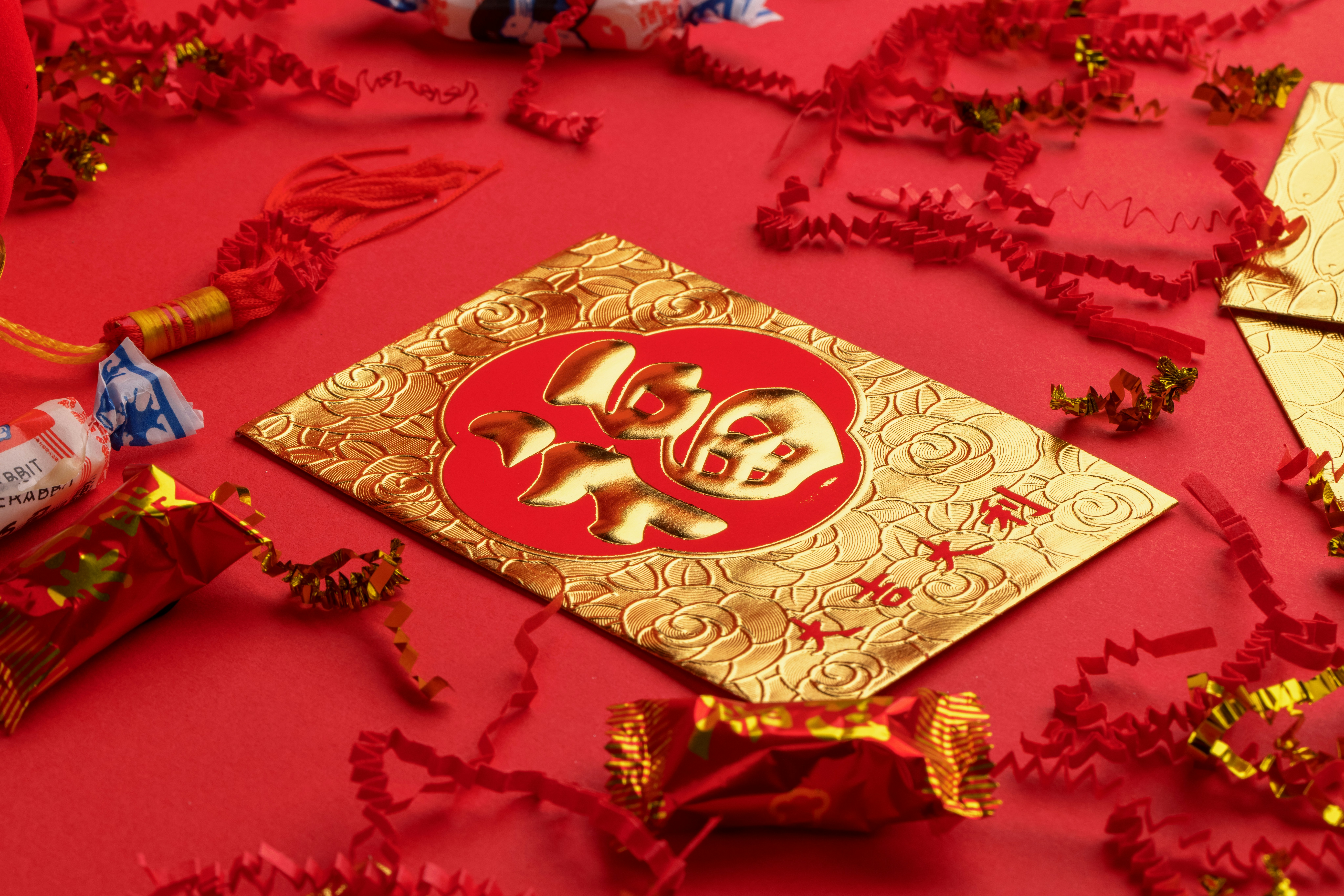在美國攻讀碩士期間,每次與友人在中餐廳聚餐解鄉愁,飯後服務生總會送上一塊包著籤文的fortune cookie。令我百思不解的是:這種「幸運餅乾」在亞洲的華人餐廳根本不曾見過,為何在美國卻成中餐廳的標配?

圖片創作:Gemini
Fortune cookies, despite their omnipresence in Chinese-American restaurants, have origins that are surprisingly un-Chinese. These crisp, folded cookies were first created in California in the early 20th century—not by Chinese chefs, but likely by Japanese immigrants or Japanese-American confectioners.
儘管幸運餅乾在美國的中式餐廳中隨處可見,它的誕生卻與華人毫無關聯。這些酥脆的摺疊餅乾最初是在二十世紀初期在加州創造的——不是由華人廚師,而很可能是由日本移民或日裔美國糕點師所創造。
Historical accounts point to two key figures: Makoto Hagiwara, who served fortune cookies at the Japanese Tea Garden in San Francisco’s Golden Gate Park around 1914, and Seiichi Kito, founder of Fugetsu-do confectionery in Los Angeles’s Little Tokyo. Their creations were inspired by traditional Japanese crackers known as tsujiura senbei, which contained paper fortunes tucked inside.
最具可信度的說法指向兩位人物:1914年左右,舊金山金門公園日本茶園的萩原真(Makoto Hagiwara)開始提供這種餅乾;而洛杉磯小東京風月堂的創辦人鬼頭精一(Seiichi Kito)也曾製作類似點心。這些早期版本源自日本的「辻占煎餅」,一種內含籤文的米製餅乾。
During World War II, the internment of Japanese-Americans disrupted their businesses. Chinese restaurateurs, seeing the appeal of the fortune cookie, adopted it as a novelty item. In the post-war boom, as Chinese restaurants proliferated across the U.S., fortune cookies became a staple—ironically, a “Chinese” tradition that’s virtually unknown in Taiwan or China.
二戰期間,日裔美國人遭到拘禁,許多原本由他們經營的糕點業中斷。中餐廳業者看準幸運餅乾的趣味性,開始引入此點心。隨著戰後中餐廳在美國迅速擴張,幸運餅乾也成為標誌性配角——諷刺的是,這項「中式」習俗在台灣或中國幾乎無人知曉。
The fortune cookie thus stands as a fascinating symbol of cultural fusion: invented by Japanese immigrants, embraced by Chinese-American entrepreneurs, and ultimately woven into the American dining experience. It’s a sweet reminder of how immigrant traditions can be reshaped, rebranded, and reimagined across borders.
幸運餅乾成為文化融合的絕妙象徵——由日本移民創造,中美企業家推廣,最後融入美國人的用餐習慣。這溫馨地提醒我們移民傳統如何能夠跨越邊界被重塑、再包裝,並重新定義。
圖片創作:Gemini
















